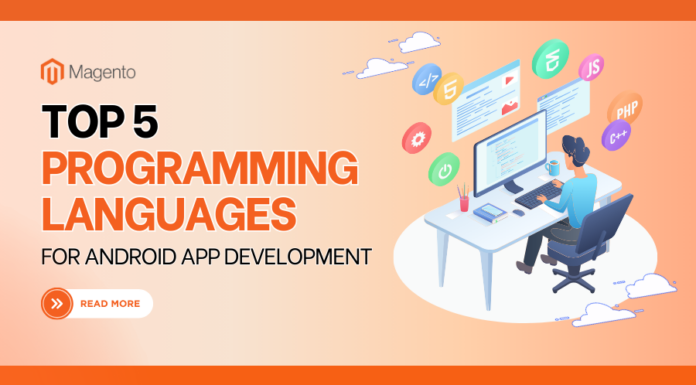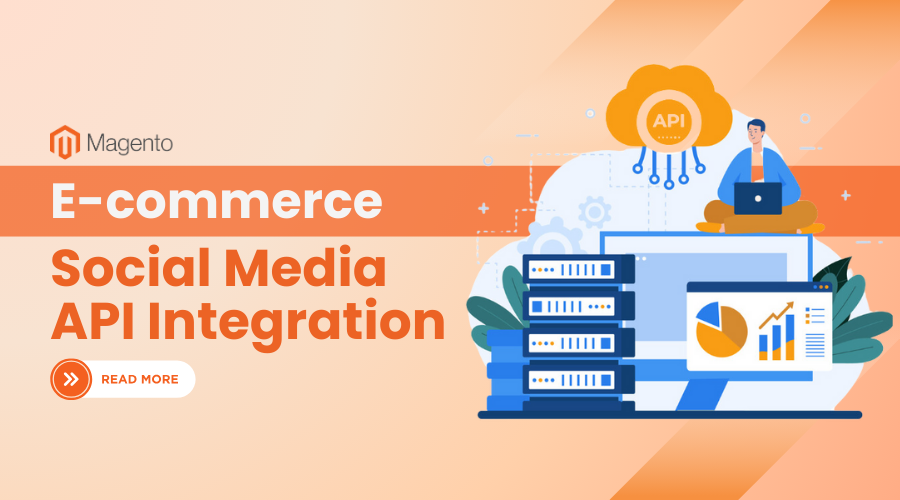
In today’s digital landscape, businesses and developers are increasingly relying on social media platforms to engage with their audience, gather insights, and enhance their online presence. One of the most effective ways to harness the power of these platforms is through e-commerce social media API integration. This process allows you to connect with social media networks programmatically, enabling seamless data exchange, automation, and enhanced functionality for your applications.
Table of Contents
I. What is an API? Understanding the basics
Before diving into the integration process, it’s crucial to understand what an API (Application Programming Interface) is and how it works. An API is a set of rules and protocols that allows one software application to interact with another. In the context of social media API, APIs provide a way for developers to access certain features or data from social media platforms like Facebook, Twitter, Instagram, and LinkedIn.
For instance, if you want to retrieve a list of tweets from a specific user, a Twitter API can help you fetch this information without the need to manually visit the platform. Social media APIs abstract the complexity of the platform’s internal workings, providing a simplified interface that developers can use to build features or retrieve data.
APIs can be public, available to any developer who wants to use them, or private, restricted to certain users or applications. They can also be categorized as RESTful or SOAP, with RESTful social media APIs being more common due to their simplicity and ease of use.
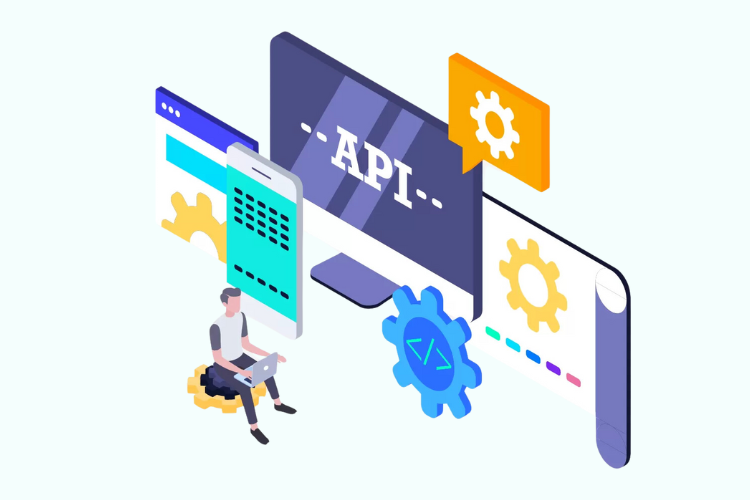
II. How to integrate social media API to your e-commerce site?
Integrating a social media API involves several key steps that ensure a smooth and successful connection between your application and the social media platform. Here’s how you can get started:
2.1. Choose the right API
The first step is to decide which social media API you need to integrate. This depends on the specific functionalities you want to implement. For example, if you’re looking to manage social media posts, you might opt for the Facebook Graph API. On the other hand, if your goal is to track hashtags or mentions, the Twitter API would be more appropriate.
2.2. Register your application
Once you’ve chosen the API, you’ll need to register your application with the social media platform. This typically involves creating a developer account and generating an API key or access token. These credentials will allow your application to authenticate with the platform and access its resources.
2.3. Set up the API request
With your credentials in hand, you can now set up your API request. This usually involves specifying the endpoint you want to access and the parameters you need. For example, if you’re using the Twitter API to fetch tweets, you might specify the username and the number of tweets you want to retrieve.
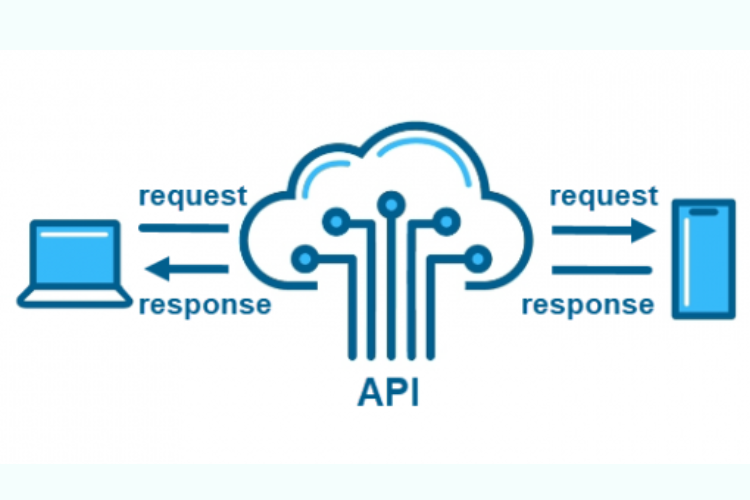
2.4. Handle the API response
After sending your request, the social media platform will respond with the data you’ve requested. This response is typically in JSON format, which you can then parse and use in your application. It’s important to handle errors gracefully, as API requests can fail due to various reasons, such as rate limits or invalid parameters.
2.5. Test and iterate
Finally, test your integration thoroughly to ensure it works as expected. This includes checking for edge cases, handling errors, and making sure the data you’re retrieving is accurate. Once you’re satisfied with the results, you can deploy your integration to production.
III. Common challenges and how to overcome them
Integrating social media APIs can be challenging, especially for beginners. Here are some common issues you might encounter and how to address them:
3.1. Authentication issues
One of the most common challenges is dealing with authentication. Each social media platform has its own authentication process, and getting it right can be tricky. Make sure you’re following the platform’s guidelines and double-check your API keys and tokens.

3.2. Rate limits
Most social media APIs impose rate limits, which restrict the number of requests you can make in a given time frame. To avoid hitting these limits, you can implement strategies like caching responses or optimizing your requests to fetch only the data you need.
3.3. Handling data formats
APIs often return data in complex formats, such as nested JSON objects. Parsing and managing this data can be overwhelming, especially if you’re dealing with large datasets. Using libraries or tools designed to handle JSON can make this process easier.
3.4. API changes and deprecation
Social media platforms frequently update their APIs, and sometimes, they may deprecate certain features or endpoints. Staying updated with the latest changes and planning for these updates in your codebase is crucial to maintaining your integration.
IV. Best practices for API integration and maintenance
To ensure a smooth and efficient integration, it’s important to follow best practices for both the initial setup and ongoing maintenance of your social media API integration.
4.1. Documentation
Always refer to the official documentation provided by the social media platform. This will give you the most accurate and up-to-date information on how to use the API, including any limitations or special considerations.
4.2. Secure your API keys
API keys and tokens should be treated like passwords. Never hard-code them directly into your application, and use environment variables or secure vaults to store them safely. Regularly rotate your keys and tokens to minimize the risk of unauthorized access.
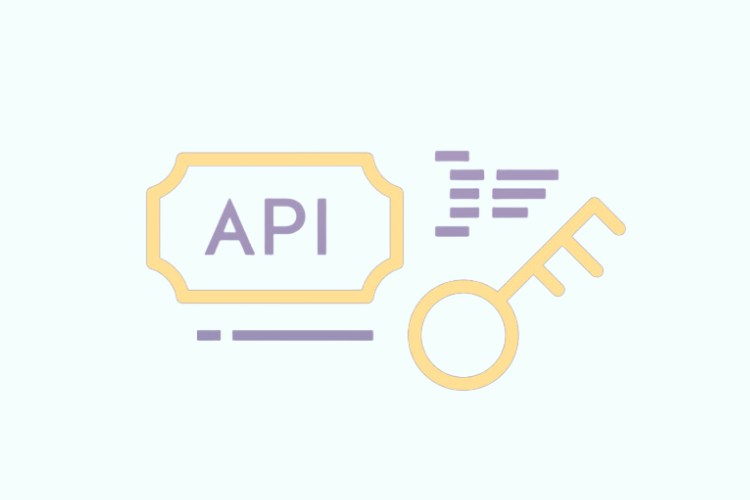
4.3. Monitor and log API usage
Implement monitoring and logging for your API requests and responses. This will help you track usage, detect anomalies, and diagnose issues more efficiently. Many platforms provide tools or endpoints specifically for monitoring API usage.
4.4. Plan for scaling
As your application grows, so too will your API usage. Plan for scaling by considering how to optimize your requests, implement caching, and manage rate limits. You may also need to consider using a paid API tier if your usage exceeds the free limits.
4.5. Regularly update and test
APIs are not static; they evolve over time. Regularly review the documentation for any updates or changes that might affect your integration. Additionally, retest your integration periodically to ensure it continues to function as expected.
Wrapped things up
By following these best practices, you can create a robust and reliable ecommerce social media API integration that not only meets your needs today but is also prepared for future growth and changes. Integrate now, and share with us your thoughts!














![[SALE OFF] Discount 30% Off All Products On Christmas And New Year 2024 Christmas & New Year 2024 sale off from Landofcoder](https://landofcoder.b-cdn.net/wp-content/uploads/2023/12/xmas-banner-900-x-500-px-3-218x150.png)



